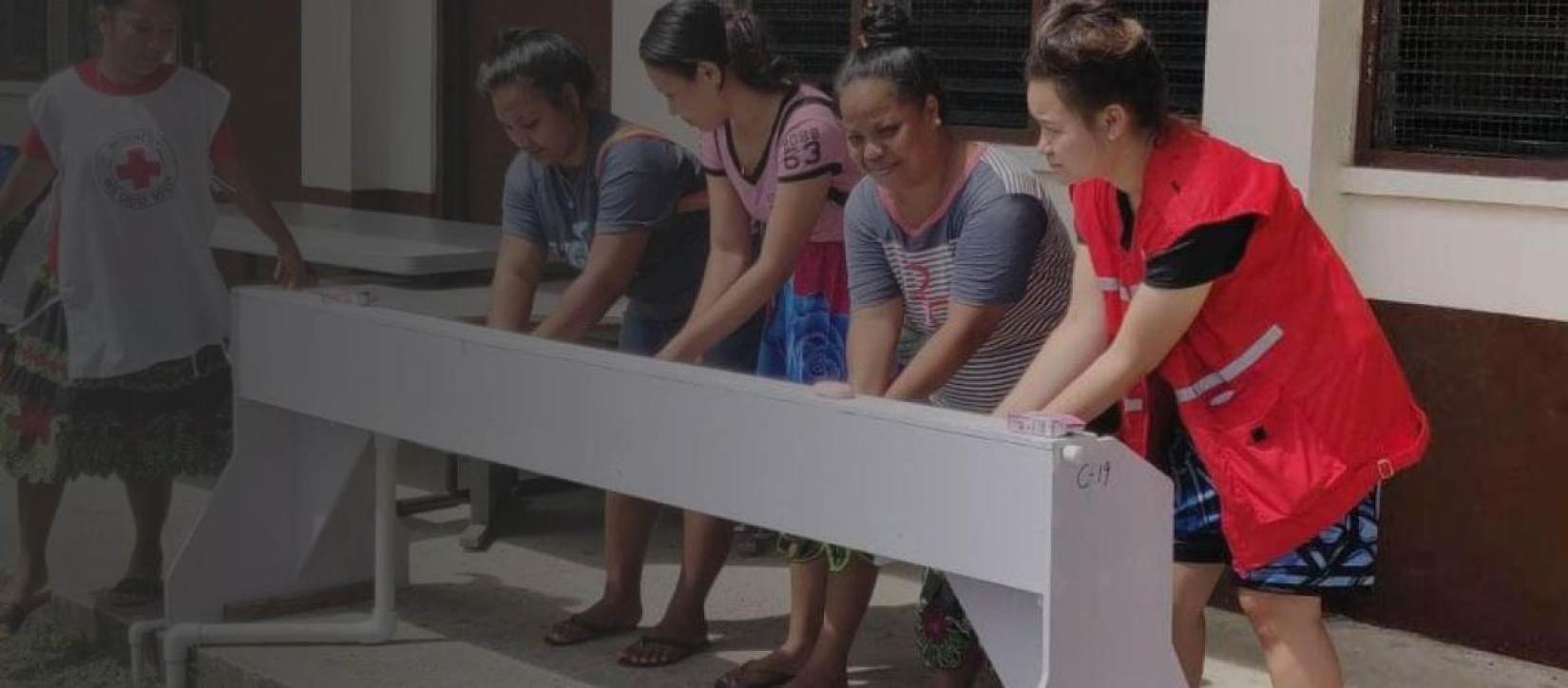Federated States of Micronesia

The United Nations in Federated States of Micronesia
The Federated States of Micronesia is a country spread across the western Pacific Ocean comprised of more than 600 islands, with a population of 113,815 people (World Bank, 2019). FSM is made up of four island states: Pohnpei, Kosrae, Chuuk and Yap; each with their own governance systems and functions. The country is among the least urbanised in the Pacific and most Micronesians live on or near the coast.
A third of Micronesians live below the basic needs poverty line and poverty has increased in three out of four states in the past decade. Inequality varies greatly between the states. FSM’s economy is aid dependent with a rising trade deficit, due to increasing demand for imported food, clothing, and consumer goods. Around half of the workforce is involved in subsistence farming or fishing for their livelihoods and this figure is growing. Migration and a low fertility rate have resulted in negative population growth. Young people aged 10-14 are the single largest demographic group and face limited employment opportunities.
Complicated land tenure systems, a reliance on imported food and water during times of stress, lack of national planning, limited resourcing, and the remote nature of the islands make climate change a serious threat to all forms of development in FSM.
FSM has a mixed record on promoting gender equality, despite ratifying The Convention on the Elimination of all Forms of Discrimination Against Women. Women have the highest rate of unemployment in the country and there are currently no women national Members of Parliament. One in three women report experience of gender-based violence.
UN presence in FSM
The UN has been present in FSM since 1947, with 17 agencies implementing programs: FAO, IAEA, IFAD, ILO, IOM, UNCTAD, UNDP, UN Environment, UNESCO, UNFPA, UNHCR, UNICEF, UNISDR, UNOCHA, WFP, WHO, and WMO. Agencies physically present in FSM include IOM, UNDP, UNDSS, UNFPA, UNICEF and WHO.
Development goals and objectives
The UN Sustainable Development Cooperation Framework (UNSDCF) 2023 - 2027 is a five-year strategic framework that outlines the collective response of the UN system to the development priorities in 14 Pacific Island countries and territories, including the Federated States of Micronesia, and supports governments and peoples in the Pacific to advance a localised response to the global 2030 Agenda for Sustainable Development. The UNSDCF 2023-2027 focuses on strengthening partnerships to support countries in four interlinked areas of Planet, People, Prosperity, and Peace, to ensure that no one is left behind, that people are equal and free to exercise their fundamental rights, to promote gender equality and peace, and to enable nations and their communities to become resilient to existential threats.
The UNSDCF complements the FSM Strategic Development Plan 2004-2023, “Improving quality of life for all FSM people”; particularly in the areas of infrastructure development, gender equality, economic growth, food security, health and education.

